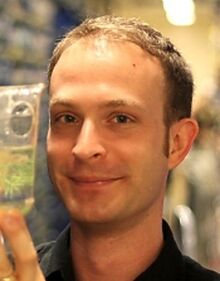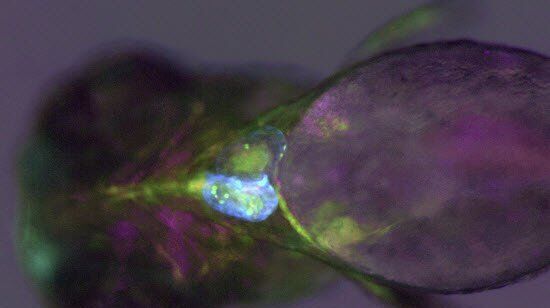Christian Mosimann , Ph.D.

Christian Mosimann has a long-standing interest in the molecular control of cell fates during development and disease. He obtained his PhD with Konrad Basler at the University of Zürich, where Christian combined Drosophila genetics, human cell culture tools, and protein interaction studies to elucidate the mechanisms of beta-catenin-mediated Wnt target gene transcription. To study cell fate mechanisms in a vertebrate model, Christian then moved for his postdoctoral training to the zebrafish lab of Leonard I. Zon at the Boston Children’s Hospital/Harvard Medical School. In the Zon lab, Christian generated state-of-the-art genetic tools for the zebrafish model, including ubiquitous Cre/lox recombination tools and site-directed transgenesis. He also isolated a collection of unique gene-regulatory elements and transgenic reporter strains to monitor and probe the early emergence of key vertebrate cell fates, including transgenics to track the lateral plate mesoderm to reveal the interplay of early cardiovascular cell lineages, and neural crest reporter zebrafish that that revealed the origin of melanoma tumors. In his independent lab at the Institute of Molecular Life Sciences at the University of Zürich, Christian’s team now investigates the evolutionary and genetic origins of the lateral plate mesoderm and how mesodermal cells can form tumors. The Mosimann lab combines novel transgenic zebrafish reporters, live imaging, and genome engineering to gain a deeper understanding of the origins of the fundamental cell fates in the embryo and how defects in these fundamental processes can cause disease.

